It’s been all about the Bass on the rivers of East Gippsland recently. The Australian Bass that is.
Last week saw the release of 10,000 Bass fingerlings into the Nicholson River at Deptford as part of a project undertaken by the East Gippsland Catchment Management Authority (EGCMA), the Victorian Environmental Water Holder, Bairnsdale RSL Angling Club and Victorian Fisheries Authority.
The release compliments the stocking of 454,000 Bass across 19 rivers and Lakes throughout Victoria, including 95,000 Bass into the Snowy River in recent weeks.
“We’ll always put our hand up to look after the health of our fishery.” said Russell White, President of the RSL Angling Club. “Bass have been a scarce fish to target in the past. We want to be able to help in some small way, and if down the track that means our kids can catch a fish then even better.”
Australian Bass rely on spring floods to trigger spawning and migration. The Nicholson Dam (below Deptford) creates a barrier that the Bass cannot cross. This project; and previous stocking of Bass in the river by Victorian Fisheries Authority, is keeping a good population of Bass in the river while we consider how to address the dam barrier impacts.
“Angling clubs are passionate about fishing and the environment and are actively involved in looking after fish stocks.” said Travis Dowling, CEO of the Victorian Fisheries Authority. “It’s great that we can work with the EGCMA and the angling club to look after our environment and our fishery as one.”
“The Water Plan for Victoria recognises the value of our rivers and waterways to our community’s wellbeing.” said Graeme Dear, CEO of EGCMA, “Partnering with others such as our local angling clubs and the Victorian Fisheries Authority is exactly what the Water Plan is about.”
This project compliments the State Government’s commitment to delivering its $46 million Target One Million plan for recreational fishing, which aims to grow participation to one million anglers by 2020.
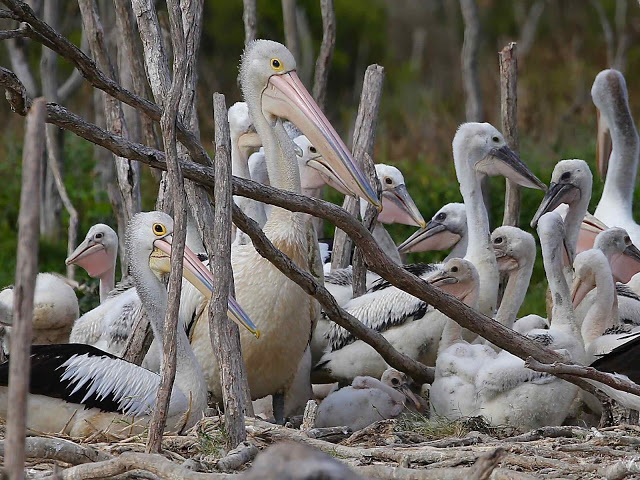
It isn’t very often you wouldn’t be able to spot a Pelican when visiting the Gippsland Lakes. For a species that is often sighted though, not a lot is known about its breeding and behaviour patterns in the Gippsland Lakes.
Birdlife Australia, together with the regional group of volunteers from Birdlife East Gippsland, are working on several projects funded by the Gippsland Lakes Community Grants 2017.
Graeme Dear, CEO of the East Gippsland Catchment Management Authority (CMA) said “The Gippsland Lakes funding is a priority in the Water Plan for Victoria. The projects are very much a partnership of agencies and community groups working together for the benefit of the Lakes”.
The Australian Pelican will be one of the focus species of the projects. With its cultural significance and a bird that everyone knows and recognises, the new information will assist in demonstrating the importance of the Gippsland Lakes as a refuge in times of national and regional drought. It will also assist in the future management of wetlands. Other species will also be monitored including resident and nomadic birds such as Egrets, Cormorants, Ibis, Spoonbills and Herons.
Deb Sullivan from Birdlife Australia said “The iconic Pelican expanded its nesting colony to a second site over the previous breeding season but this year it doesn’t appear that this will happen. It is known that the pelican has a nomadic response to significant rain events but there is no information on this response for the Gippsland Lakes. We hope through our projects that we may be able to answer some of those questions.” The Gippsland Lakes is home to one of the few permanent breeding rookeries in Australia for the Australian Pelican.
Other work will include monitoring the distribution and behaviour of waterbird and shorebird species, impacts that human disturbances have on migratory birds as well as creating a breeding index to gain a better understanding of bird breeding patterns to ensure their long term survival.
Mr Dear said “The Gippsland Lakes are recognised internationally as a Ramsar listed wetland and are a vital habitat for native plants and animals. As a major tourist and recreation destination they also play a vital role in supporting the region’s economy. The Gippsland Lakes community projects play an important role in looking after the Lakes.”
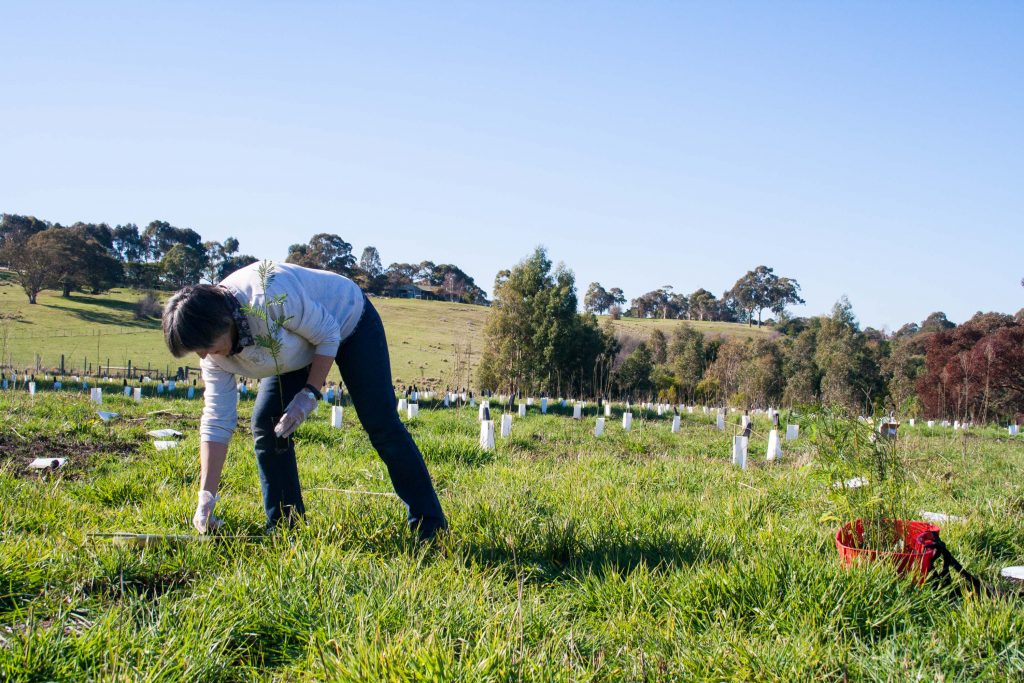
Seven Landcare groups will share in funding to undertake works on their local waterways as part of the East Gippsland Regional Riparian Action Plan grants administered by the East Gippsland Catchment Management Authority (EGCMA) and funded by the Victorian State Government.
Graeme Dear, EGCMA CEO, said “Our local Landcare groups are valuable contributors to improving the health of our environment. They don’t mind rolling up their sleeves and digging in to make a difference. This state government funding is supporting their efforts through the work described below.”
Bairnsdale Urban Landcare Group is undertaking work to stabilise the bank of the Port of Bairnsdale by planting seedlings and continual weed control.
Dargo Landcare Group is in the second stage of their Orrs Creek rehabilitation project with 1,400 seedlings to be planted along the erosion prone banks.
Eastwood Landcare Group is working in partnership with the East Gippsland Shire Council to continue the program of planting locally grown indigenous species along Tulaba’s Track.
Friends of Picnic Point Reserve Landcare Group is working to remove willows growing along the lagoon below Picnic Point Farm and stabilising the bank by planting seedlings.
Goongerah Landcare Group is continuing a weed control program they began in 2015-2016 within the Martins Creek catchment.
Nagle College Landcare Group is continuing it’s rainforest project. Over 5,000 seedlings will be grown by students for use in the project and distributed to other local Landcare groups for revegetation works.
Swifts Creek Landcare Group is aiming to improve the health of the Tambo River by undertaking weed control near the township of Ensay.
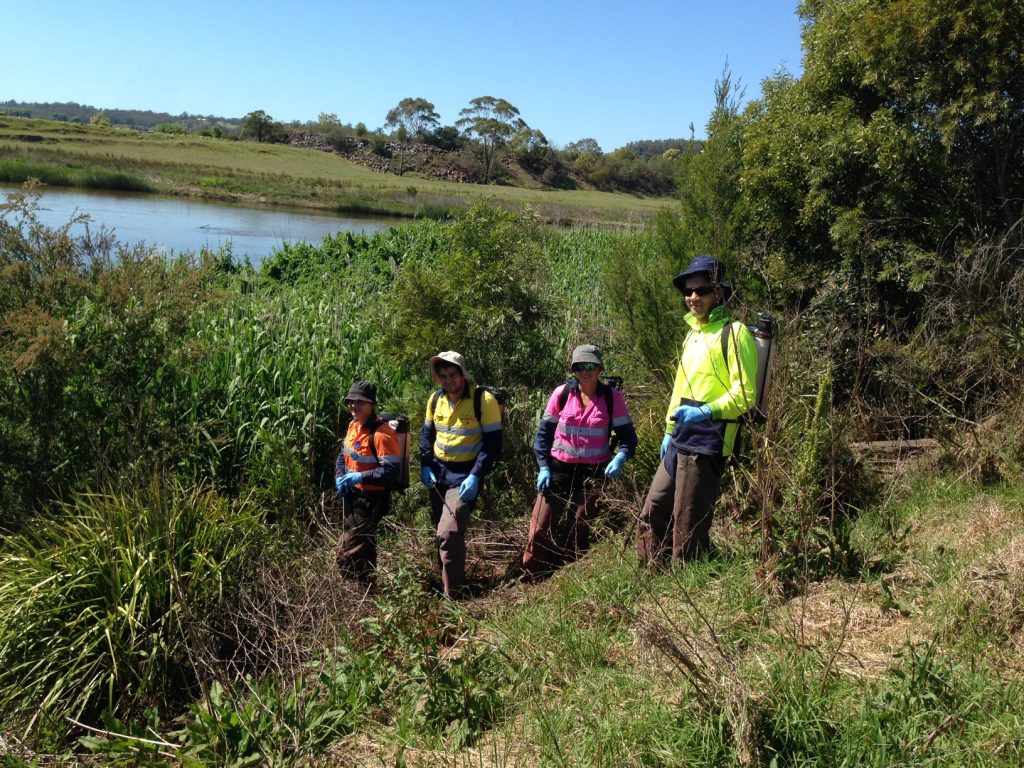
It was a perfect start to the morning when members of the Moogji Aboriginal Council works crew joined staff from the East Gippsland Catchment Management Authority (the EGCMA) for a paddle down the lower Snowy River recently.
The group were reviewing the progress of works from the past 15 years of the Snowy Rehabilitation Project and inspecting the river banks from Jarrahmond to the highway bridge.
Following the inspection, the Moogji crew were on the ground continuing works on the riverbank. The crew is keeping weeds at bay and undertaking planting to compliment previous works to establish a continuous corridor of native fauna on the lower Snowy.
“The Water Plan for Victoria encourages greater involvement of aboriginal people in the management of our rivers” says Graeme Dear, EGCMA CEO. “Engaging the Moogji Aboriginal Council crew for about 10 years now has provided a great opportunity to share an understanding of natural resource management whilst working to improve the health of this iconic river.”
The works are funded by the Victorian State Government.
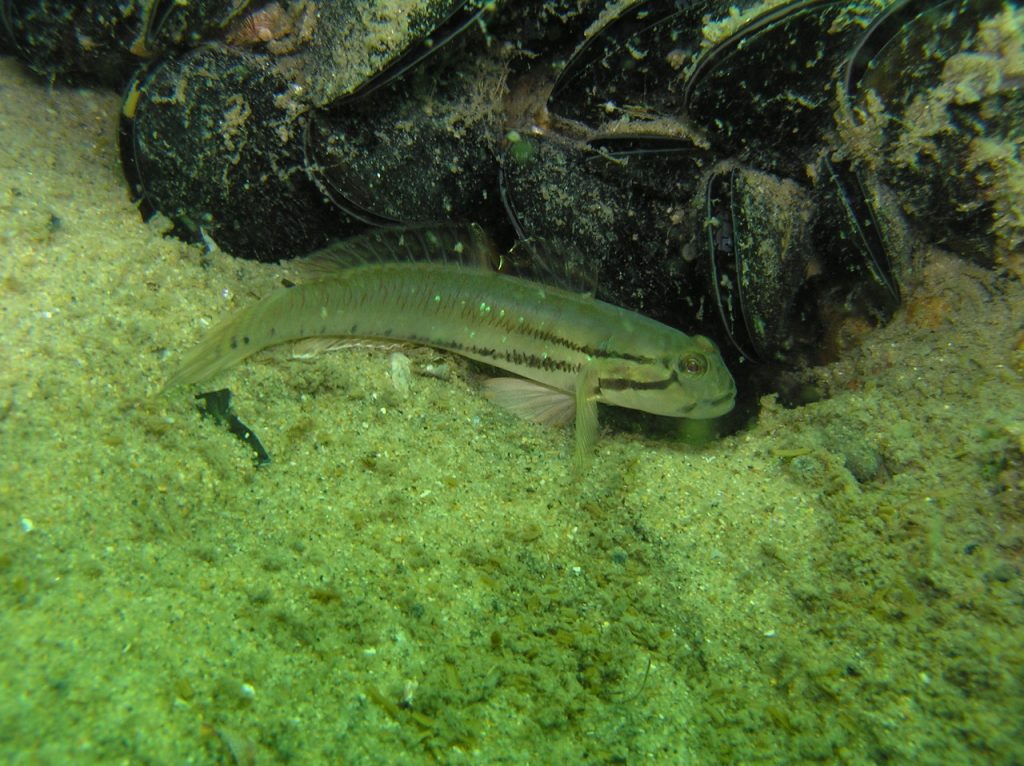
Friends of Beware Reef; a small volunteer group, are full swing into photographing the underwater world of the Gippsland Lakes after being one of the groups that secured funding in the Gippsland Lakes Community Grants in 2017.
The grant is for a twelve month project to establish a photo database of all marine fish and invertebrates found during dive surveys in the Gippsland Lakes. Surveys will focus on seagrass beds and rock structures and they will aim to identify any pest marine plants or animals.
Graeme Dear, CEO of the EGCMA said “it’s great to see such an enthusiastic group of people who love what they do and care about our Gippsland Lakes receiving this funding. The Water Plan for Victoria seeks increased participation from many groups and this Gippsland Lakes funding is part of the plan implementation.”
A small group of divers, Friends of Beware Reef have been diving and capturing vision of what is happening under the water’s surface for about 12 years. They have conducted an enormous amount of surveys and captured many stunning visions of the offshore marine life at Beware Reef sancturary near Cape Conran.
Not only are they passionate about diving and interested in what they find but they have also played a very important role in assisting DELWP and other departments gain further understanding of our marine environment. It was during one of their dives a couple of years ago that they discovered the Northern Pacific Seastar in the Gippsland Lakes, an invasive starfish that is an aggressive predator of native marine life.
Friends of Beware Reef pass on their knowledge and experiences to the community via the many talks they do to groups and organisations. With a wealth of knowledge and a superb collection of photos and videos, people have the opportunity to see what is below the surface without getting wet. Don Love, a Friends of Beware Reef member said “It’s about getting the word out and showing and educating people, we say hey the Barrier Reef looks pretty but there is some pretty cool stuff down here in our local area too.”
Funding for this and other projects has been provided by the Victorian State Government based on advice from the Gippsland Lakes Coordinating Committee.
“The Gippsland Lakes has probably got a great deal of biodiversity in it that we don’t really know about yet. Cameras have been dragged though the water but nothing beats the human eye when it comes to finding stuff. We love challenges and it’s about eyes on the bottom, someone just sniffing around and having the ability to observe things.” Don added.
Local wildlife came out to say g’day last week as the EGCMA led a community ramble around the Red Gum Plains.
Folk who attended had the opportunity to travel to sites in Skull Creek, Bengworden, Forge Creek and Cobblers Creek to see the progress of works being undertaken by the EGCMA partners including Greening Australia, Trust For Nature, Gunaikurnai Land and Waters Aboriginal Corporation, Parks Vic, Gippsland Plains CMN and DELWP.
Wildflowers, a friendly echidna, birds and of course informative commentary from those in the know, were just some of the highlights of the tour. Project sites visited have been funded by the Victorian and Federal Governments to help maintain biodiversity of both plants and wildlife across the region.
The EGCMA would like to thank the community members, landholders and partner organisations who helped make this day such a success.
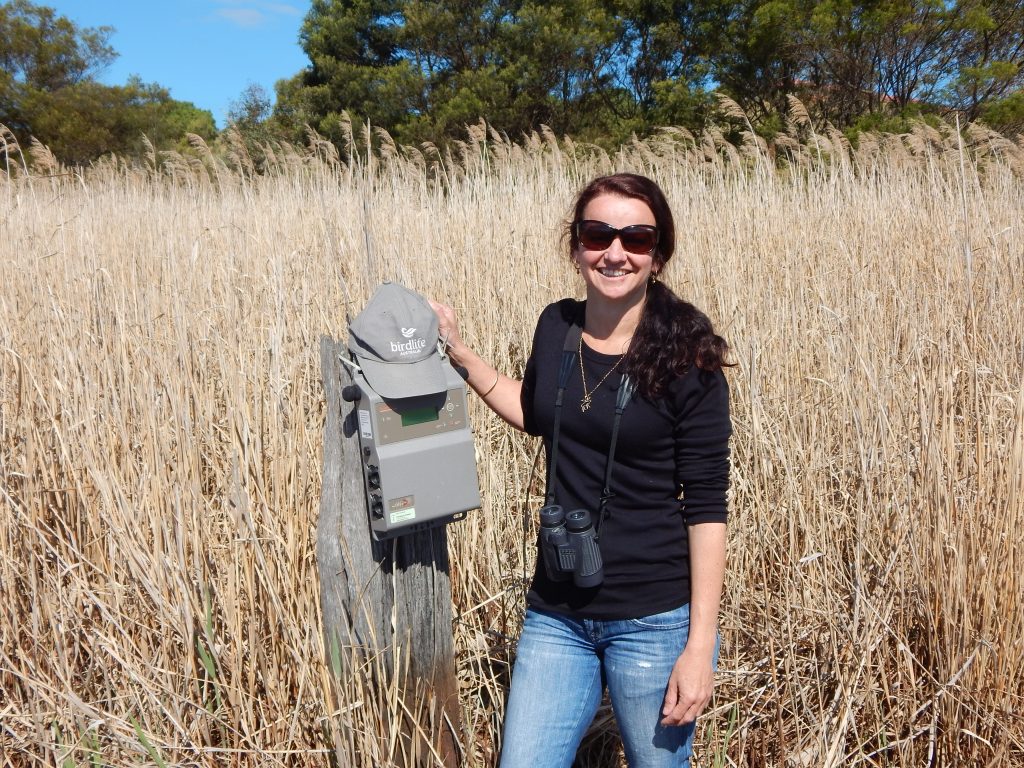
As a ground nesting and feeding bird there are enough dangers in life already without the threat of a fox eating your eggs, your babies or even you. To have survived pressures such as habitat loss and native predators only to have a newly hatched baby bird run down by a fox is a pressure adult birds can do without.
Over 80 waterbird species call the Gippsland Lakes home as well as migratory birds that travel thousands of kilometres every year to feed and rest. These birds depend on the health and safety of the Gippsland Lakes for their existence. This is why the Gippsland Lakes are RAMSAR listed and part of an international agreement to look after worldwide migrating waterbirds.
Foxes are just one of the many potential threats to birds that live in the Gippsland Lakes but it is one threat that is being targeted.
Working together and sharing skills GunaiKurnai Land and Waters Aboriginal Corporation (GLaWAC), Parks Victoria, landowners and Trust for Nature are conducting several fox baiting programs in areas around the Gippsland Lakes. The aims are to reduce the fox numbers which will give the waterbirds a chance to survive, breed and increase their populations.
Birdlife Australia together with the regional group of volunteers from Birdlife East Gippsland is also involved with their project being one of eleven that received funding in the Gippsland Lakes Community Grants 2017. They are working on a fox index which will measure the presence of foxes in waterbird breeding sites and their impact on these ground nesting birds. The index will assist managers to measure the success of the baiting program.
Graeme Dear, CEO of the East Gippsland Catchment Management Authority (EGCMA) said “The Gippsland Lakes funding is a priority listed in the Water Plan for Victoria and targeting foxes is an example of agencies and community groups sharing skills and knowledge and working together.”
Deb Sullivan from Birdlife Australia has seen many foxes when out doing field work during the day and is alarmed at how bold they are. “I was putting out song meters used to record Australasian Bittern and a fox swam out from the other side of the wetland, across the river, walked up to the song meter about 50 metres away, had a sniff then decided to swim back across the river into the wetland. I couldn’t believe it, as bold as brass!”
The ground feeding and nesting birds are fair game for the foxes. Deb also said “species such as the small terns, pied oyster catchers and hooded plover’s babies run from the moment they hatch; they don’t sit in the nest and wait to be fed by the parents they are completely mobile, but they can’t fly. They are still perfect prey for the fox even though they are fast they wouldn’t outrun a fox. We are trying to reduce those fox numbers to give the birds a better chance.”
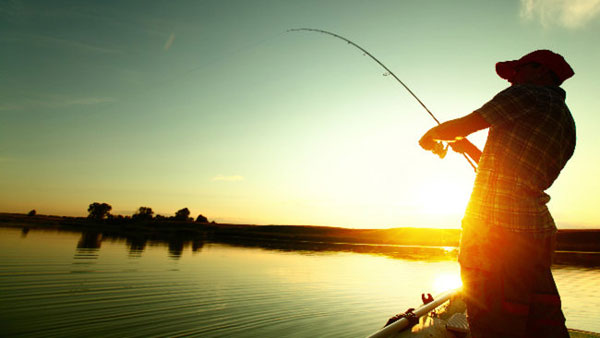
Healthy fisheries need healthy habitat – that was the message at the East Gippsland Fish Habitat Forums held at the Marlo and Nicholson Angling Clubs last week.
Organised by the East Gippsland Catchment Management Authority (the EGCMA), the forums were a good opportunity to discuss the state of the regions fisheries and have a yak with mates. Fishing legend ‘Bushy’ Busch fielded questions about local fish including Estuary Perch and Bass, discussed the benefits of catch and release and talked techniques specific to fishing the waterways of East Gippsland.
EGCMA CEO Graeme Dear was on hand to kick off the Angler River Health Grants with a total of $50,000 available to angling clubs who want to get involved with improving a patch of river in East Gippsland. The grants will give local angling groups the ability to work directly with the EGCMA on the river banks and surrounds that are important to them.
“Angling clubs are amongst the most active users of our waterways; they have completed fencing and revegetation projects in the past, been involved in water quality monitoring and in running kids education days” said Mr Dear. “Having people who love their rivers and fish is an advantage for us. By working together we can improve river health and ultimately get better fishing.”
Angler River Health Grants are an initiative of the Water Plan for Victoria and also compliment the State Government’s commitment to delivering its $46 million Target One Million plan for recreational fishing, which aims to grow participation to one million anglers by 2020.

Do you want to know more about the Red Gum Plains? Interested in checking out the wildflowers of East Gippsland? Want to get out and discover some of the critters that live in our corner of the world?
The East Gippsland Catchment Management Authority would like to invite you on a tour around the Red Gum Plains on Wednesday 1st November. Together with Greening Australia, Trust For Nature, Gunaikurnai Land and Waters Aboriginal Corporation, Parks Vic, Gippsland Plains Conservation Management Network and DELWP, we’ll visit the sites of a number of projects funded by the State and Federal Governments.
You will hear about their cultural history, flora and ecological significance.
Our buses will tour properties in Skull Creek and Bengworden before stopping for a picnic lunch at Wattle Point. The afternoon will include a visit to an area of remnant forest protected under a Trust for Nature covenant in Forge Creek. We’ll be on the look-out for the endangered clustered everlasting, bluegrass lily and sun orchid and hope to spot a few feathered friends along the way too.
This is a free event with buses departing from the DELWP building, 576 Main Street, Bairnsdale at 9am and returning by 3pm. Lunch is provided and participants should bring walking shoes, hat, sun glasses, sun screen, and water.
Please note that numbers are limited and the event is subject to weather conditions.
There was movement aplenty on the Snowy River last week with the release of a significant environmental flow from the Jindabyne Dam. The equivalent of 3,200 olympic swimming pools of water was released in a single day.
Close to the NSW border, McKillops Bridge became temporary home to rafts, canoes and kayaks as paddlers keen for adventure navigated the river and it’s rapids downstream to where the Buchan river joins the Snowy.
The local wildlife was also out in force with platypus foraging, water dragons basking in the sun and birds of prey kept busy feeding their young.
Further downstream, scientists from the Arthur Rylah Institute (ARI) spent the week monitoring nutrient levels flowing down the river. The project, administered by the East Gippsland Catchment Management Authority (EGCMA) and funded by the Victorian State Government, is looking to determine what positive effect the nutrients are having on the wetlands and estuary.
Dan Stoessel from ARI said “If the nutrients are not coming down at the appropriate time then you don’t get all of the ongoing benefits for the fish so it’s important that these events occur, especially in the Spring.”
Graeme Dear, CEO of the EGCMA said, “The Water Plan for Victoria provides for long term investment in waterway health that also improves the recreational value of our rivers for people like last weeks kayakers.”


